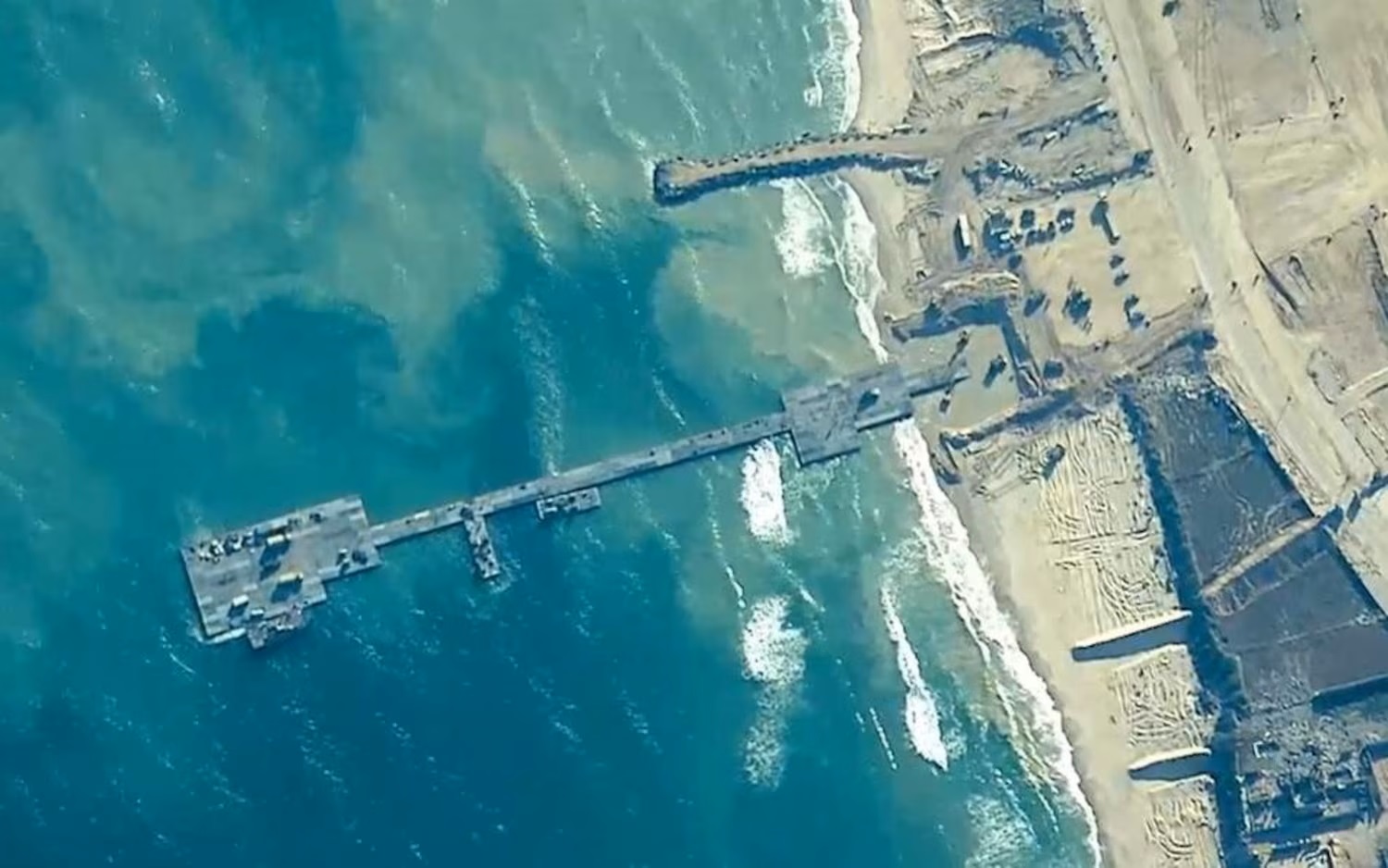A weather radar disruption in June had Utah residents fearing that a grasshopper swarm of biblical proportions was heading toward Tooele, Utah.
A June 21 image from weather radar showed a massive blue blip heading toward the Utah city. Some people wondered if it was from a swarm of grasshoppers so large that it showed up on the radar. Utah has battled swarms of grasshoppers in the past, with the pests particularly bad during seasons of drought, such as in 2021. That year, grasshoppers swarmed in terrifyingly impressive numbers and destroyed crops, according to a Deseret News report.
However, the rumors in June turned out to be inaccurate. The National Weather Service (NWS) office in Salt Lake City made an error when previously asked about the radar blip, and on Saturday it apologized for the error and provided a reason for the radar disruption.

"There are news stories going around about a swarm of grasshoppers potentially appearing on our northern UT weather radar," NWS Salt Lake City tweeted on Saturday. "After further investigation, we've determined that the most likely cause of the signature on 6/21 was chaff originating from Nellis Air Force Base in Nevada."
There are news stories going around about a swarm of grasshoppers potentially appearing on our northern UT weather radar. After further investigation, we've determined that the most likely cause of the signature on 6/21 was chaff originating from Nellis Air Force Base in Nevada.
— NWS Salt Lake City (@NWSSaltLakeCity) July 8, 2023
NWS Salt Lake City went on to explain that chaff is a reflective substance deployed by the military to confuse radars. Chaff is usually deployed to confuse radars in military instances, such as disrupting the radars that guide missiles, but it can also confuse the weather radars.
"We apologize for the error when we were originally asked about this, as the appearance of insects and chaff can have some similar characteristics, which lead to the error in the original analysis," NWS Salt Lake City tweeted.
The NWS did not discount an insect swarm when the blip first occurred on the radar, but it later apologized and said more investigation showed it was chaff instead. The NWS also said it was unable to delete the radar imagery that shows the blue cloud moving across the radar because it provided it to media outlets that then shared the story.
We apologize for the error when we were originally asked about this, as the appearance of insects and chaff can have some similar characteristics, which lead to the error in the original analysis.
— NWS Salt Lake City (@NWSSaltLakeCity) July 8, 2023
David Church, a science and operations officer at NWS Salt Lake City, told Newsweek that although chaff is a relatively common radar occurrence, this time the signature was more dispersed and resembled a swarm of insects.
Insects are rarely so concentrated that they show up on the NWS Salt Lake City radar, Church said, but the radar typically picks up migratory birds.
Newsweek reached out to the Utah Department of Agriculture's pest and insect program by email for comment.
The idea that the radar disruption could have been due to grasshoppers is not completely unfounded, as Utah and other Western states have battled grasshopper swarms in the past. Typically, drought increases the likelihood of swarms since the insects thrive in drought conditions.
However, drought conditions have eased for much of the West after a particularly wet winter along the West Coast. There also was above-average snowfall in western mountain ranges, supplementing the area's waterways throughout the summer as the snowpack melts.
The U.S. Drought Monitor map shows that Utah has emerged from the worst of the drought. More than half of Utah is free from drought. At this time last year, no part of the state was drought-free.
Grasshoppers are still posing a problem for Utah farmers. They may not have disrupted the NWS radar, but swarms of grasshoppers destroyed fields of crops around the same time that the radar picked up the chaff.
"Every bit of alfalfa that's in my fields is gone," rancher Michael Dow told TV station KSL in Salt Lake City. "I planted a pasture and all the seedlings were about three-quarters of an inch tall Sunday morning, and on Sunday evening, they were gone, it was bare dirt."
Uncommon Knowledge
Newsweek is committed to challenging conventional wisdom and finding connections in the search for common ground.
Newsweek is committed to challenging conventional wisdom and finding connections in the search for common ground.
About the writer
Anna Skinner is a Newsweek senior reporter based in Indianapolis. Her focus is reporting on the climate, environment and weather ... Read more





